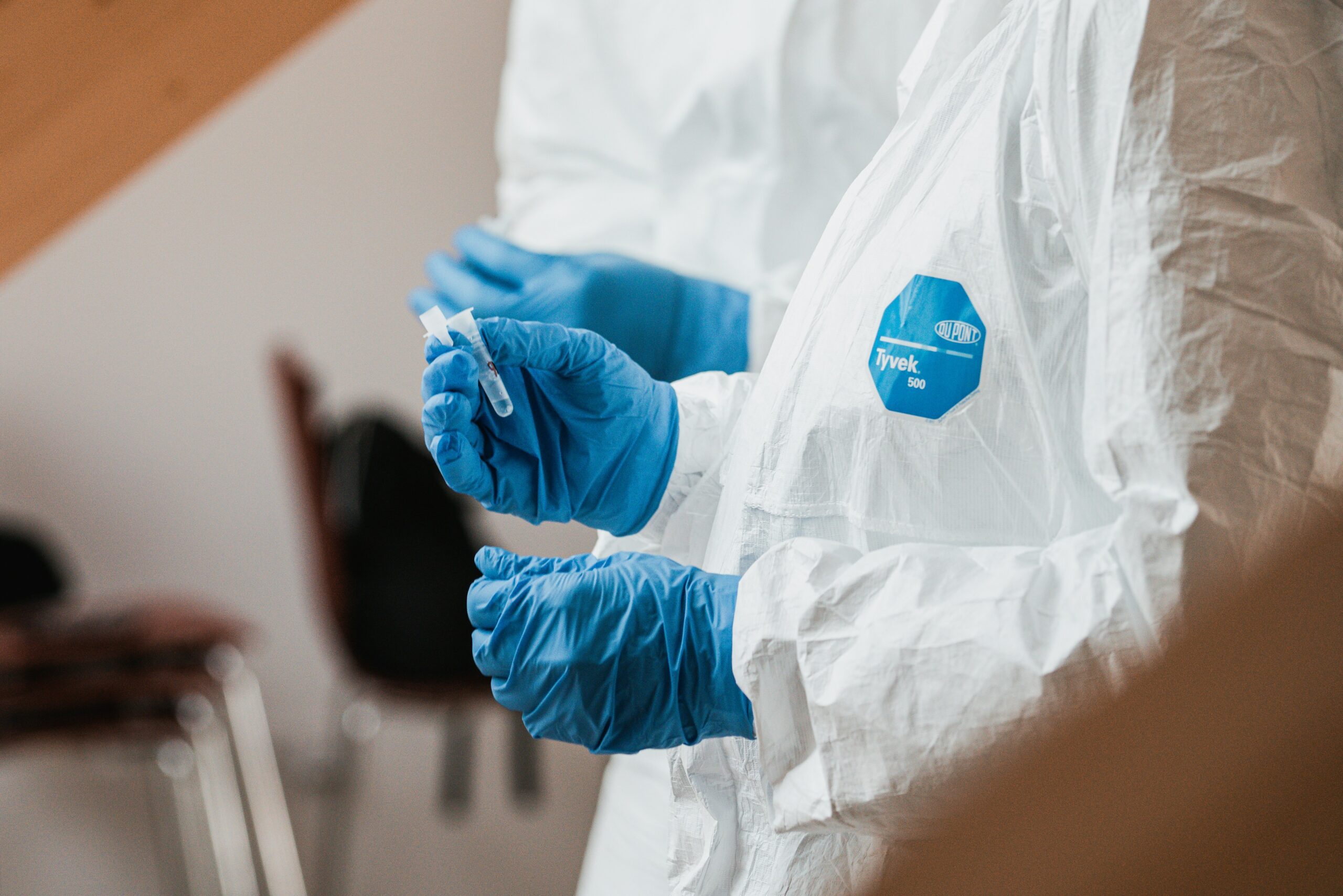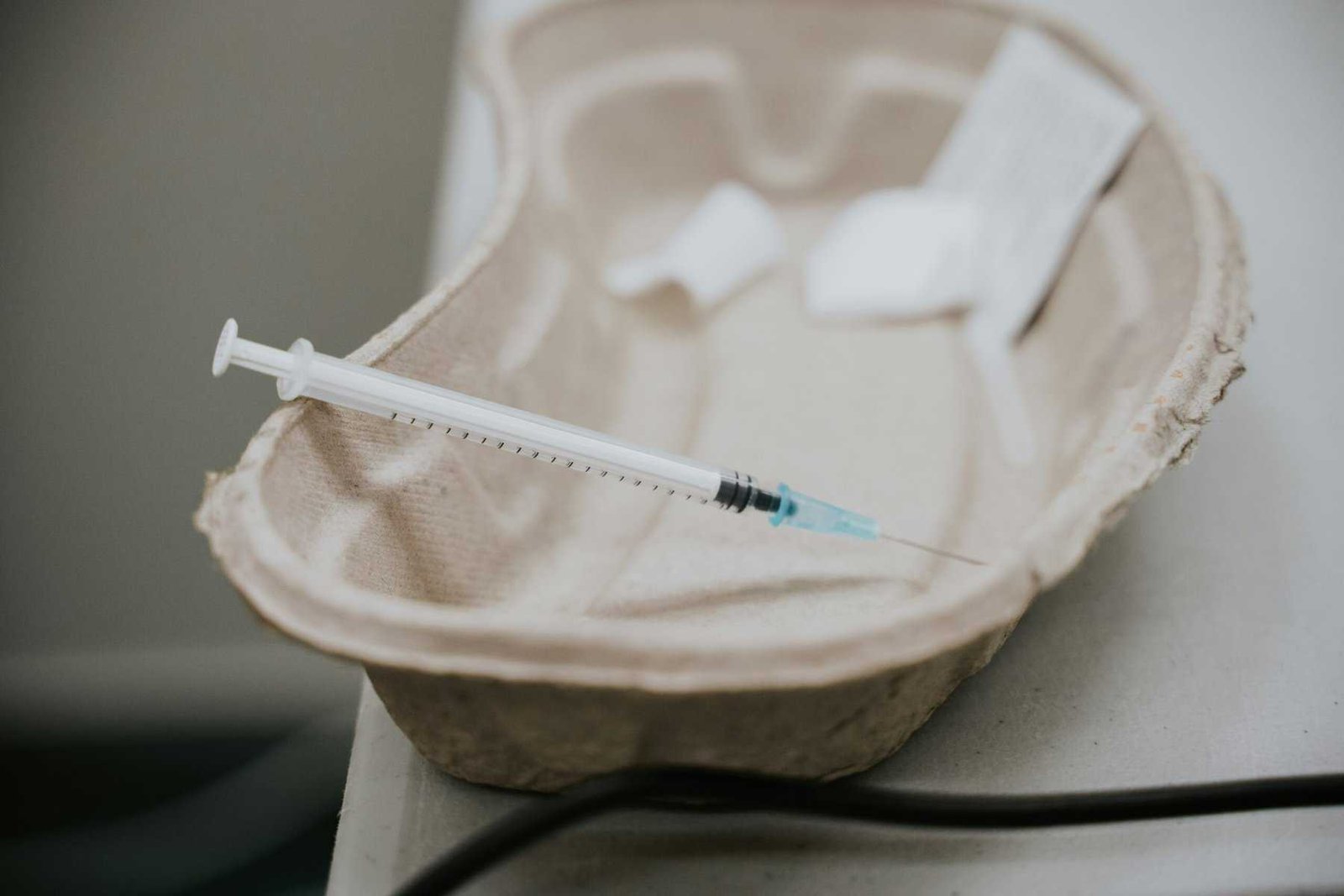Have you ever wondered why it’s crucial to test water wells after a flood? While floods can be incredibly destructive, affecting homes, infrastructure, and the environment, one often overlooked consequence is the potential contamination of water wells. Let’s take a detailed look at why testing water wells post-flood is essential and what steps you can take to ensure the safety of your drinking water.
Floodwater Contamination: What You Should Know
Floodwater is not just rainwater; it can carry various contaminants that can seep into private water wells. This includes bacteria, viruses, chemicals, and sediments, which can pose significant risks to your health.
Types of Contaminants
Understanding the types of contaminants that can infiltrate your well during a flood is crucial. Here’s a quick table to summarize common contaminants and their potential health effects:
| Contaminant | Source | Potential Health Effects |
|---|---|---|
| Bacteria (e.g., E.coli) | Sewage, animal waste | Gastrointestinal illness |
| Viruses | Sewage, stormwater runoff | Infections, illnesses |
| Chemicals (e.g., pesticides, industrial solvents) | Agricultural runoff, industrial areas | Nervous system damage, cancer |
| Sediments | Soil erosion, runoff | Reduced water quality, clogged plumbing |
Why It’s Important to Test Your Well
Ensuring your water is safe to drink is the primary reason for testing your well. Contaminated water can affect not just your health but also the well’s equipment. Let’s break this down further.
Health Risks
Health risks from contaminated water can range from mild gastrointestinal issues to severe bacterial infections. For instance, E. coli contamination can cause symptoms like diarrhea, cramps, and vomiting, which can be particularly dangerous for vulnerable groups like children, the elderly, and those with weakened immune systems.
Damage to Well Equipment
Flooding can introduce sediments and other particulates into your well, which can damage pumps, filters, and other components, leading to costly repairs or replacements.

Steps to Test Your Well After a Flood
Now that you understand why it’s crucial to test your well, let’s go over the necessary steps you should follow.
Initial Inspection
The first step is a basic inspection. Before collecting any water samples, check your well for any visible damage. Look for signs of sediment, debris, or any physical changes to the well casing and caps.
Water Sampling
After an initial inspection, collect water samples to be tested by a certified laboratory. Here’s a basic guide to collecting water samples:
- Use Sterile Containers: Obtain sterile water sampling containers from a certified laboratory or local health department.
- Sample from the Tap: Run your tap for a few minutes to clear out any stagnant water before collecting your sample.
- Label and Seal: Properly label your sample with the date, time, and location before sealing it and sending it to the lab for analysis.
Types of Tests
Your water should be tested for various contaminants including bacteria, nitrates, and chemicals. Common tests include:
- Total Coliforms & E.coli: Indicators of bacterial contamination.
- Nitrate Levels: High nitrate levels can be harmful, especially for infants.
- Specific Conductivity: Measures the water’s ability to conduct electricity, which can indicate the presence of dissolved salts and other inorganic substances.
- Volatile Organic Compounds (VOCs): Can be indicative of industrial contamination.
What to Do if Your Water Is Contaminated
If your water tests positive for contamination, don’t panic. Here’s what you need to do:
Disinfect Your Well
Disinfection is generally done through a process called shock chlorination. This involves adding a high concentration of chlorine to the well water to kill bacteria and other pathogens.
- Calculate the Amount of Chlorine Needed: The amount depends on the size of your well.
- Mix Chlorine Solution: Use household bleach to create the chlorine solution.
- Circulate and Soak: Pour the solution into the well and circulate it through your plumbing system. Let it sit for several hours.
- Flush the System: After the chlorination has thoroughly disinfected the well, flush your entire water system until the chlorine smell is gone.
Retesting
After disinfection, it’s essential to retest your water to ensure all contaminants have been eliminated. Follow the same steps for water sampling and send it to a certified laboratory for analysis.

Preventative Measures for Future Floods
While you can’t prevent floods, you can take steps to protect your well from potential contamination.
Install a Sanitary Well Cap
A sanitary well cap provides a sealed cover to prevent debris, insects, and small animals from entering the well.
Maintain Proper Grading
Ensure the ground around your well is sloped away, preventing surface water from pooling and seeping into the well.
Regular Inspections
Regularly inspect your well for any cracks or other signs of wear. Early detection can prevent contaminants from entering during a flood.
Install a Backflow Prevention Device
Backflow prevention devices can prevent contaminated water from flowing back into your well system.
Understanding Regulations and Assistance Programs
Many regions have specific guidelines and assistance programs for well testing and maintenance. Knowing about these can help you stay compliant and take advantage of available resources.
Local Health Departments
Local health departments often offer free or low-cost water testing kits. They can also provide guidelines on maintaining well water safety.
Government and Nonprofit Programs
Several government and nonprofit programs exist to assist well owners, especially in rural areas. The Environmental Protection Agency (EPA) and local agricultural extension offices can provide valuable resources and support.

Conclusion
Testing your water well after a flood is not just a precaution—it’s a necessity. Floods can introduce a myriad of contaminants that pose serious health risks. Understanding the types of contaminants, testing methods, and preventative measures can help you ensure that your drinking water remains safe.
By conducting regular inspections, using proper well caps, and taking advantage of local resources, you can protect your well from future flood-related contaminations. Remember, your health and safety are paramount, and ensuring clean water is a crucial step in safeguarding both.
